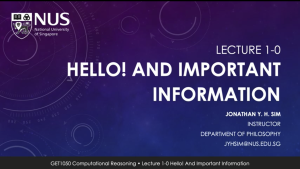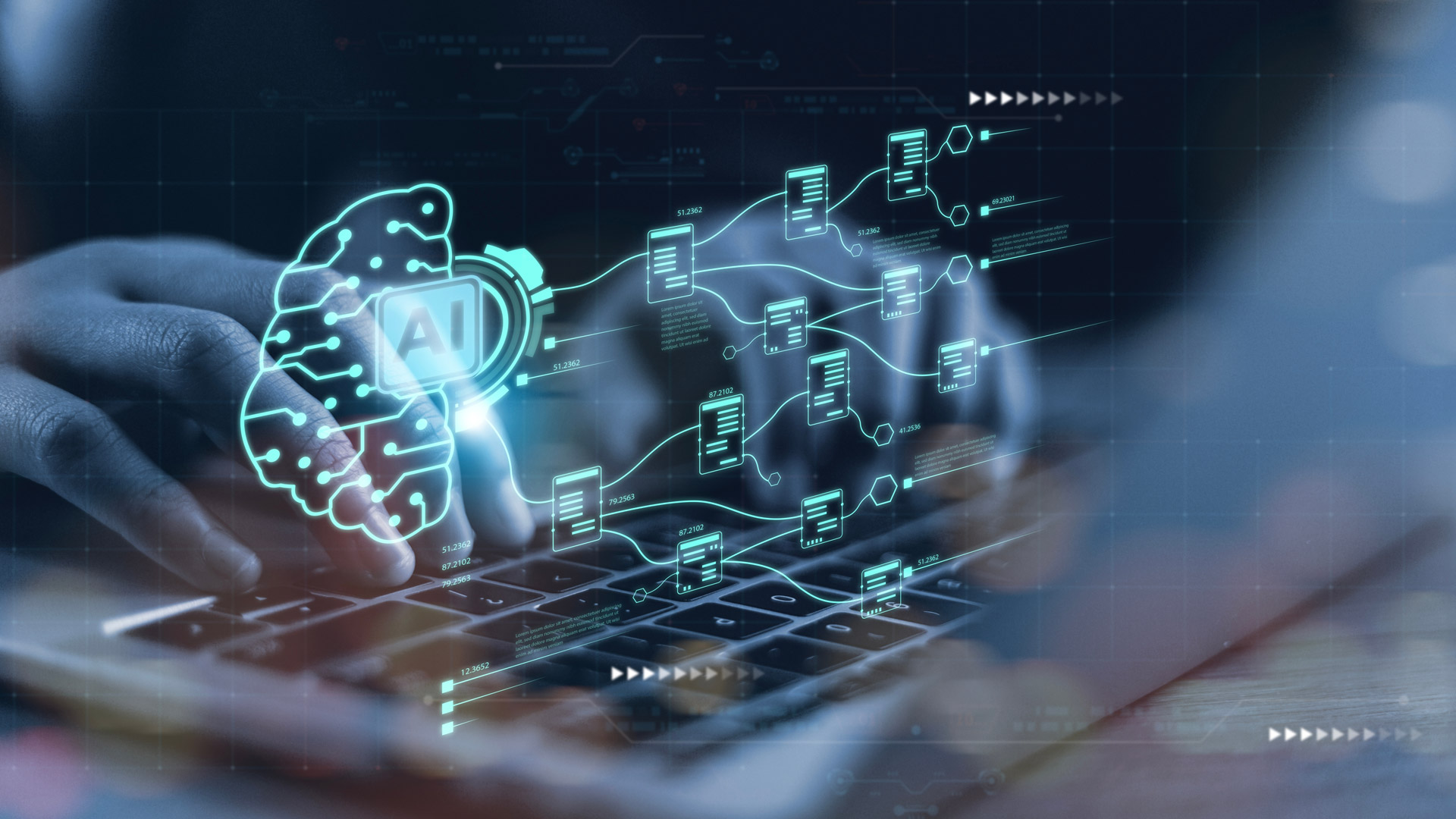
Digital Literacy
FASS majors, PPE XDP and BES XDP students may read any course in List A or List B to satisfy the CHS Digital Literacy pillar. FoS majors and DSE XDP students can only read a course in List B to satisfy the CHS Digital Literacy pillar.
- Students reading the DSE XDP, Mathematics, Quantitative Finance, Statistics and Data Science and Analytics majors/second majors/minors are advised to read CS1010S or its variants.
- (Cohort 2021 only) FASS majors, PPE XDP and BES XDP students will be pre-allocated GEI1001 in their second year (either first or second semester). If they wish to read another Digital Literacy course in List A or List B, they can drop GEI1001 and select the alternative course instead. Please appeal via the CourseReg system under “Change Admin Allocated Class”. FASS majors, PPE XDP and BES XDP students who have completed a Digital Literacy course in List A or List B in their first year will not be pre-allocated GEI1001 in their second year.
(Cohort 2022 onwards) GEI1001 will not be pre-allocated, and students are to register for the course via CourseReg in their second year. - Students who transfer from an FASS major/PPE XDP/BES XDP to an FoS major/DSE XDP and have read any course in List A would still need to read a course from List B. The List A course read will be counted as UE. For students who transfer from an FoS major/DSE XDP to an FASS major/PPE XDP/BES XDP and have read any course in List B, they do not need to read another course from List A.





































